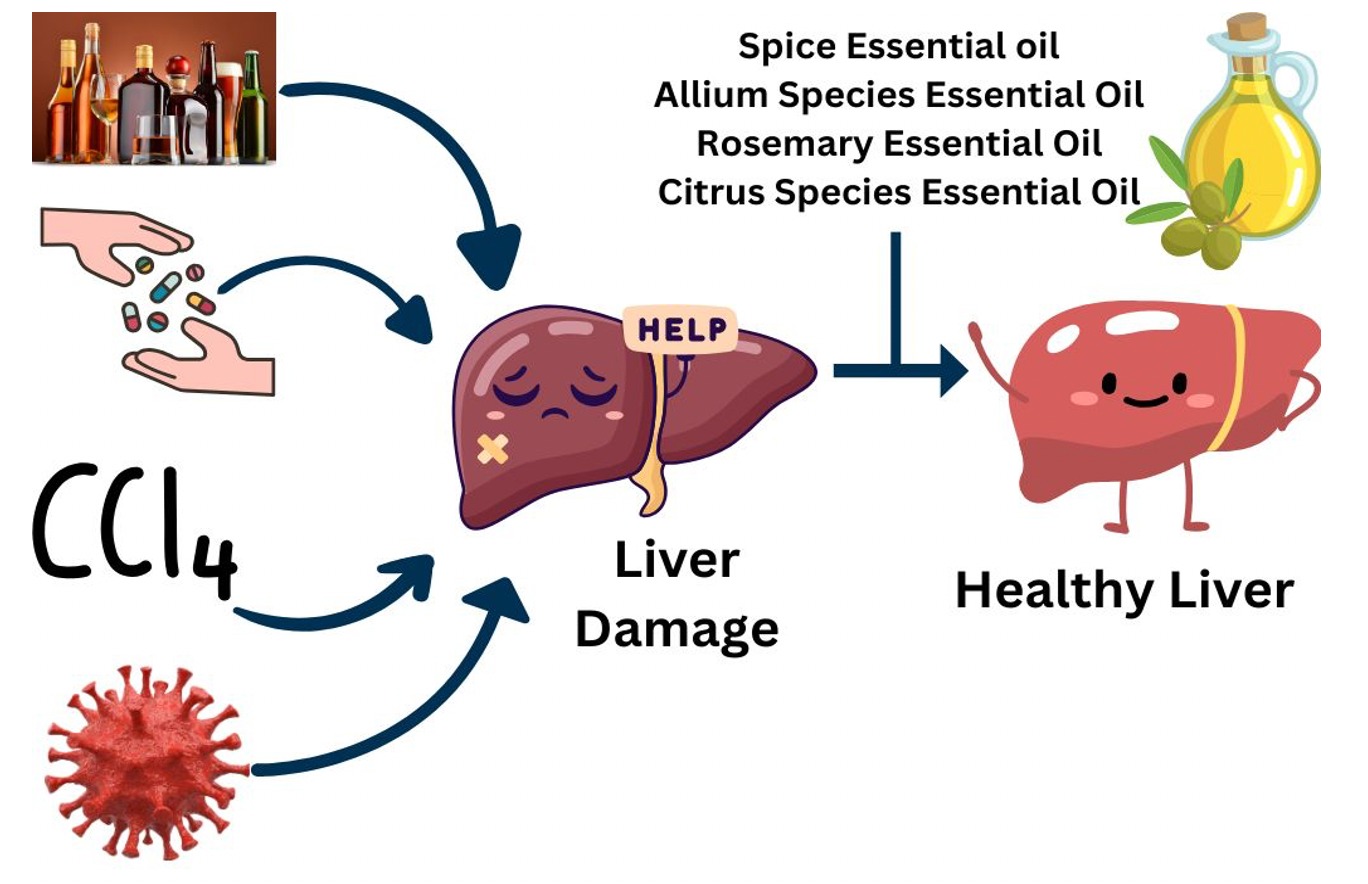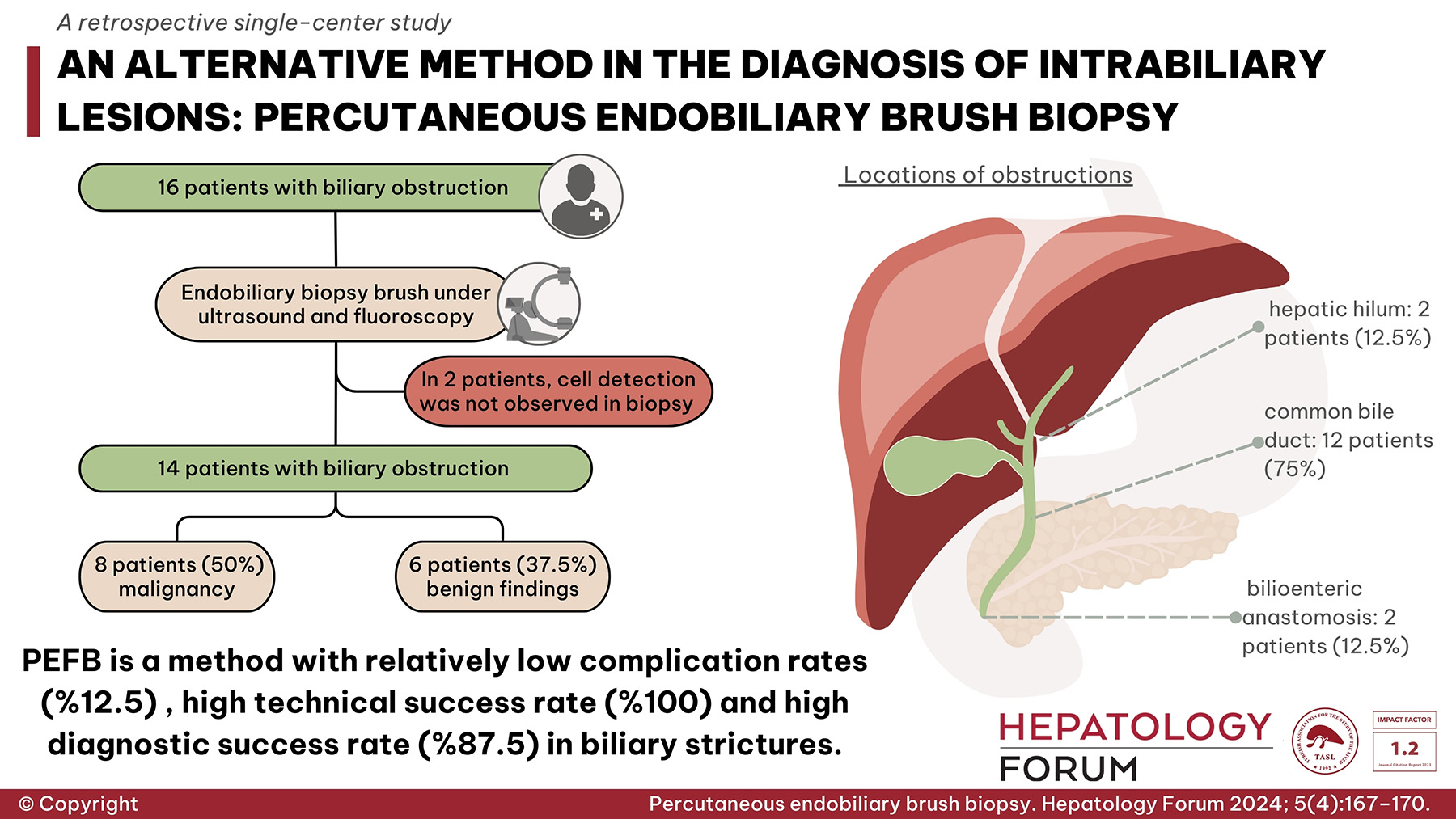2School of Medicine, Porto Alegre Health Sciences Federal University, Porto Alegre, Brazil
3School of Medicine, Pontifical Catholic University of Rio Grande do Sul, Brazil
4School of Medicine, University of Pittsburgh Medical Center, United States
5School of Medicine, Federal University of Juiz de Fora, Brazil
6School of Medicine, State University of Campinas, Brazil
7Department of Medicine, University Center of Maceió, Brazil
8College of Higher Education of the United Amazon, Brazil
Abstract
Background and Aim: Hepatic encephalopathy (HE) is a complication of cirrhosis and one of the most important manifestations of this disease. Intravenous albumin may have the potential to mitigate oxidative stress injury inherent to the pathogenesis of HE. Our study aims to evaluate the efficacy and safety of albumin for the treatment of HE.
Material and Methods: We performed a systematic review and meta-analysis using the PubMed, Embase, and Cochrane databases. We searched for randomized controlled trials (RCTs) comparing albumin to placebo in patients with HE and decompensated cirrhosis. The outcomes were mortality and clinical improvement of HE. The odds ratio (OR) was used for binary outcomes and the mean difference (MD) for continuous outcomes with their respective 95% confidence interval (CI). Heterogeneity was assessed using the Cochran Q test and I² statistics. Trial sequential analysis (TSA) was performed for all outcomes.
Results: This study included four RCTs, amounting to 306 patients. There was a significant difference favoring albumin use for mortality (OR 0.42; 95% CI 0.23 to 0.76; p=0.004; I²=0%) and for HE improvement (OR 2.41; 95% CI 1.18 to 4.94; p=0.016; I²=35%) compared to placebo. There was no significant difference in ammonia levels (p=0.580), liver transplantation (p=0.732), and significant adverse events (AE) rate (p=0.586). TSA revealed that the pooled effect is statistically significant for mortality reduction with albumin use; however, regarding sample size, the result is not definitive.
Conclusion: In patients with HE, intravenous albumin leads to HE improvement and reduced mortality, without an increase in AE rates. However, the TSA indicated that further studies are required to draw precise evidence regarding the use of albumin to reduce mortality in this population.





 Ana Carolina Covre Coan1
Ana Carolina Covre Coan1 









